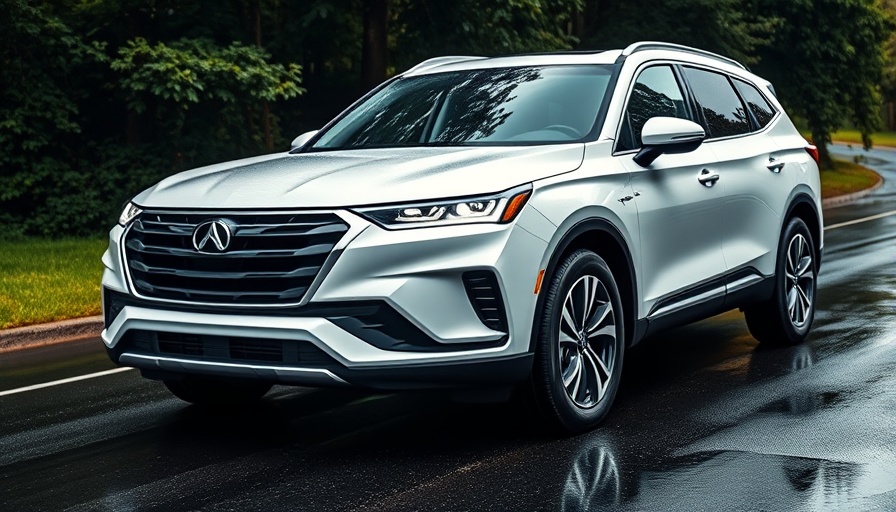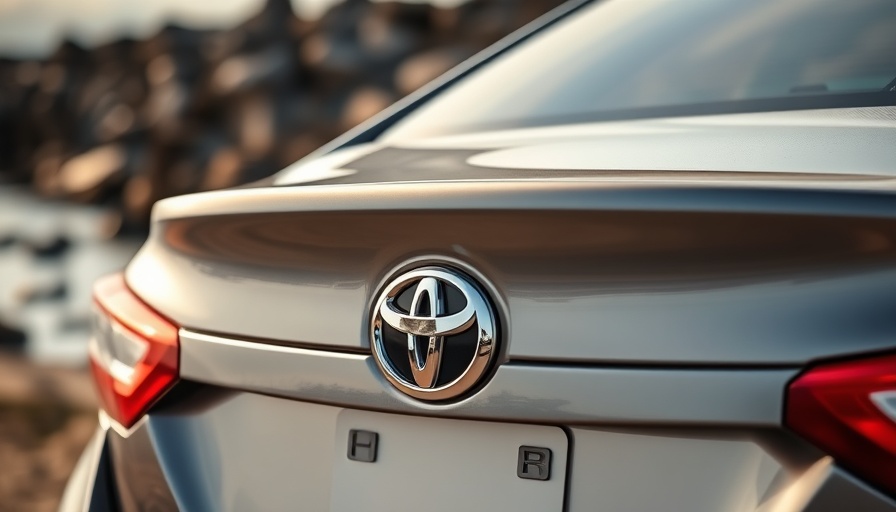
Navigating Tariff Hikes: Are Consumers Making Smart Choices?
As tariff-related price hikes loom over the automotive market, consumers are rushing to dealerships in droves, seeking to secure their next vehicle before further increases strike. Recent reports reveal a significant surge in automobile sales, with notable brands like Hyundai, Mazda, Ford, and Kia showing double-digit percentage increases. But is this rush to buy truly justified, or merely a reaction to the fear of higher prices?
The Sales Surge Explained
In the latest month, sales figures reflect an upswing as Hyundai recorded a remarkable 19% increase, translating into over 81,500 units sold, marking its best April on record. Mazda followed closely behind with a 21% increase, Ford saw a 16.2% rise, and Kia also achieved a commendable 14% growth. This trend showcases not only consumer anxiety regarding potential price hikes but also a renewed confidence in the automotive market as supply chains gradually recover post-pandemic.
Understanding the Tariff Impact
The crux of the issue lies with the 25% tariffs imposed on imported vehicles and parts, creating a ripple effect that could lead to new vehicle prices climbing potentially by thousands of dollars. Although several automakers have managed to hold pricing steady for now, the longer-term outlook suggests dramatic shifts in availability and cost. With limited products on the shelves and increased dealership traffic, many consumers are left questioning whether their vehicle purchases will actually shield them from the impending financial storm.
What the Historical Data Reveals
Reflecting on past events, a similar dynamic was observed during the pandemic and chip crisis, where limited new vehicle production pushed buyers toward the used car market, subsequently driving up prices there too. The historical context indicates that those who acted quickly to purchase vehicles last time found themselves facing inflated costs shortly after the buying spree ended. Thus, the current climate mirrors that previous crisis, making early purchases feel urgent but not necessarily wise.
Hesitations and Considerations
While some consumers, like myself, have made purchases driven by the anticipation of rising costs, it's essential to weigh personal needs rather than just the fear of inflated prices. Owning a vehicle is a significant investment that should consider both immediate financial implications and long-term value retention. An overzealous rush can lead consumers to make hasty choices that may not align with their actual transportation needs.
Looking Ahead: Strategies to Navigate Future Purchases
So, what can consumers do to navigate this turbulent buying environment? It’s crucial to focus on several key strategies:
- Research and Compare: Explore various models and manufacturers to identify the best options for your budget and preferences.
- Timing is Essential: If you're considering a new vehicle, keep an eye on market trends. Delays in new supplies might adjust your strategy.
- Consider Used Vehicles: If prices for new cars appear prohibitive, used cars can provide valuable alternatives without the burden of tariffs.
Call to Action
In the face of uncertainty surrounding automotive tariffs and pricing, consumers should take a proactive approach. Reflect on your current needs and think critically before making significant financial decisions related to vehicle purchases. Collaborate with trusted buyers or dealers to help find the best solutions. In doing so, you will be better positioned to navigate today's unpredictable market landscape.
 Add Row
Add Row  Add
Add 




Write A Comment